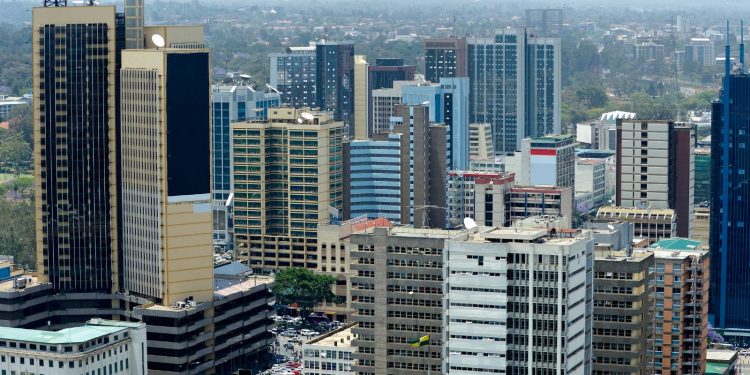
Kenya’s Gross Domestic Product (GDP) growth is projected to slow down to 5% in 2024 from 5.3% in 2023 before jumping to 5.3% in 2025.
- The April 2024 Regional Sub-Sahara Africa Economic Outlook by the International Monetary Fund (IMF) shows Kenya’s growth rates are, however, still considered strong and among the leading economies in sub-Sahara Africa that is not debt distressed.
- Kenya issued a bond at 10.4% yield to maturity, significantly above the 6.9% yield at issuance of its bond due in 2024. This allowed Kenya to clear most of its immediate debt and push back repayments by seven years.
- According to this IMF forecast, sub-Saharan Africa is projected to grow by 4.0 percent in 2025, with private consumption and investment continuing their recovery.
Apart from Kenya, Côte d’Ivoire and Benin, other frontier markets are expected to start issuing Eurobonds in 2025 or later. This will help ease the funding squeeze in those countries and support the recovery.
In the medium term, Sub Sahara Economic Growth is anticipated to stabilize at around 4.3%, with non-resource-intensive countries expected to grow almost twice as fast as their resource-heavy counterparts, at 6.2% compared to 3.5 percent.
The IMF is placing stronger emphasis on inclusive growth, including more support to help countries increase social spending. In recent years, nearly all new IMF programs in sub-Saharan Africa have included social spending target. Attention to climate issues has grown as well.
Since December 2022, nine sub-Saharan African nations (Benin, Cabo Verde, Cameroon, Côte d’Ivoire, Kenya, Niger, Rwanda, Senegal, and Seychelles) have secured arrangements under the new Resilience and Sustainability Facility.
After several years of sluggish inflows, IMF reports that foreign direct investment (FDI) into the sub-Sahara Africa region rose to 2.0% of GDP in 2023, indicating a continuation of the post-pandemic recovery.
Significant external debt repayments are looming this year and next, including $5.9 billion on Eurobonds in 2024, increasing to $6.2 billion in 2025, along with significant bank loan repayments—syndicated and bilateral—over the next two years.
The overall sub-Sahara Africa regional outlook is gradually improving, with economic activity picking up. Growth will rise from 3.4 percent in 2023 to 3.8 percent in 2024, with nearly two thirds of countries anticipating higher growth.
Economic recovery in Sub-Sahara Africa, according to IMF forecasts, is expected to continue beyond this year, with growth projected to reach 4.0 percent in 2025.

